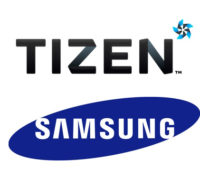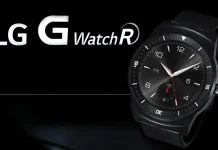As 2015 unfolds, consumers face the familiar dilemma: purchase last year’s TV models or wait for the latest releases. While the new year promises incremental advancements, a revolutionary shift in television technology remains on the horizon. Let’s explore the trends, innovations, and updates shaping the TV market in 2015.
Market Overview
The number of TV manufacturers continues to shrink, driven by declining profit margins in the industry. In 2015, Toshiba announced its exit from the global TV production market. The company plans to sell its manufacturing facilities and focus solely on producing TVs for the Japanese market, where its brand remains strong.
Toshiba’s move mirrors similar strategies by other brands like Philips and Thomson, which have sold their TV divisions to Chinese companies while licensing their names for limited use. This trend underscores the challenges traditional manufacturers face in sustaining profitability in the global market.
Incremental Innovations
While the 2015 TV lineup offers some upgrades, these improvements are largely iterative:
- Standardized Features: Key technologies like integrated tuners (for Europe), Wi-Fi, and Smart TV capabilities are now standard across most models.
- Minimalist Models: A small segment of TVs will retain basic features for budget-conscious consumers.
- UHD Displays: Ultra High Definition (UHD) screens will gradually appear in mid-range models, though they will remain predominantly in premium TVs for now.
- 3D Technology: In Europe, 3D capabilities are still widely available, but the U.S. market shows less interest, leading to limited production of 3D TVs for American consumers.
Advancements in Display Technology
The mid-range and high-end segments will continue to see a push toward UHD and curved screens. Manufacturers are also experimenting with innovative display technologies:
- Expanded Color Spectrum:
- Sharp is adding a yellow pixel to its traditional RGB displays to enhance flesh tones.
- LG is incorporating a white pixel, claiming it improves snowy landscapes.
These efforts aim to improve color accuracy, though the effectiveness is limited by the three-color transmission standard of television signals.
- Premium Innovations:
In the premium segment, LG remains committed to OLED technology, while Samsung is shifting its focus to quantum dot (QLED) displays. Samsung’s new “SUHD” branding highlights the superior color rendering and flexibility of quantum dots, allowing for screens of various shapes.
Operating Systems and Smart TV Integration
TV operating systems continue to evolve, enhancing connectivity and functionality. In 2015, major manufacturers are adopting new platforms:
- LG: WebOS
- Samsung: Tizen
- Sony and Philips: Android TV
- Panasonic: Firefox OS
While these operating systems are similar in performance, Android TV has an edge due to its integration with Google’s ecosystem. Features like syncing Gmail accounts, Chrome browsers, and other Google services make Android TV appealing for users already invested in the platform.
What the Future Holds
The advancements in 2015 represent steady progress rather than a leap forward. Major breakthroughs, such as widespread availability of OLED and QLED technologies at affordable prices, are still a few years away. Experts predict it may take 2-6 years for these innovations to become accessible to the mass market.
For now, the choice between purchasing an existing model or waiting for new releases depends on individual needs and priorities. While 2015 models offer refinements, those seeking truly transformative technology may need to exercise patience as the industry continues its gradual evolution.







